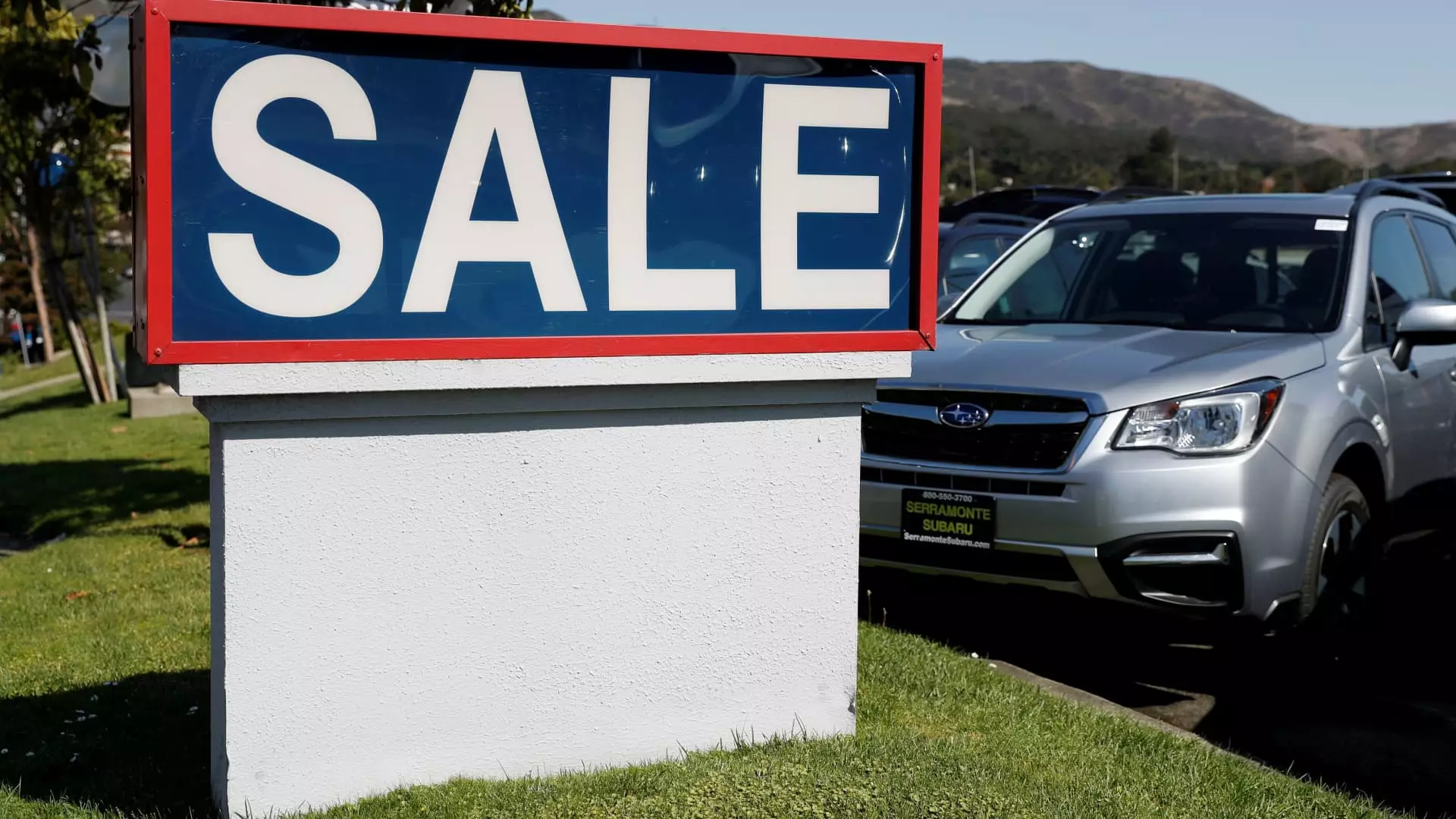The automotive industry is entering a pivotal period characterized by rising new vehicle sales, anticipated to reach levels not seen since before the COVID-19 pandemic disrupted economic patterns. Analysts are optimistic as various factors like lower interest rates and improving economic conditions contribute to an environment that could favor car buyers and encourage consumer spending in the automotive sector.
Sales Forecast: A Return to Pre-Pandemic Levels
Cox Automotive projects that new light-duty vehicle sales will approach 16.3 million units by 2025, marking a recovery from the declines experienced in the past few years. S&P Global Mobility and Edmunds share similar forecasts, estimating around 16.2 million in sales. This increase, from an expected 15.9 million to 16 million this year, would signify a welcome ascent toward the 17 million figure achieved in 2019. However, growth projections are modest, suggesting a sales uptick of approximately 2.5% or even less.
The recovery trend can be largely attributed to the “normalization” of vehicle inventories, improved incentives from automakers, and more manageable financing options. Jessica Caldwell, an industry expert from Edmunds, notes that although consumers continue to face financial challenges, the current market conditions are more palatable than they were earlier in the year.
One notable trend in the automotive landscape is the growing demand for entry-level vehicles, which are perceived as more affordable options for cash-strapped consumers. Following years of inflated vehicle prices, the focus on economical cars may signal a strategic shift for manufacturers keen to cater to a new wave of buyers prioritizing cost over luxury.
Recent data indicate a decrease in the average transaction price for new vehicles, falling to approximately $47,465 in 2024 from $47,851 in 2023. Despite this decrease, it remains up significantly from the average of $37,310 reported in 2019. This observation reflects changes in consumer behavior as economic realities reshape purchasing decisions in the automotive sector.
Electric vehicle (EV) sales are expected to set new benchmarks as the market continues to evolve and adapt to consumer demands. With total sales projected to near 1.3 million units in 2024, EVs may capture around 8% of the market share—an increase from the previous year, although falling short of earlier optimistic predictions. Notably, Tesla remains a dominant figure in the EV market, notwithstanding a potential decline in sales for the first time since 2014.
According to Cox, the leading manufacturers in the EV sector include Tesla, the Hyundai Motor Group, and General Motors, with GM expected to experience the most substantial market share growth. Analysts suggest that Tesla’s decline in market share, now below the critical 50% threshold, may signal an intense competitive landscape, as various manufacturers begin to secure niches within the burgeoning EV space.
However, potential changes in federal subsidies for electric vehicle purchases could impact sales trajectories. The anticipated discontinuation of tax credits, which have acted as a financial incentive for consumers, may temper enthusiasm in the EV market. Analysts express concerns regarding the regulatory uncertainties brought about by the incoming administration, which could destabilize the automotive marketplace.
While the projected increase in vehicle sales may appear optimistic, industry experts caution that higher incentives and declining prices could pose challenges for automakers’ profitability. Wall Street analysts from Wells Fargo warn that market indicators suggest pricing levels may not be sustainable, pointing to rising inventory levels, increasing dealer incentives, and diminishing profit margins as signs of shifting dynamics in the market.
The potential introduction of tariffs on vehicle production in neighboring countries like Canada and Mexico could further complicate the landscape. Such tariffs, as mentioned by Cox Automotive’s chief economist Jonathan Smoke, could present “radical disruptions” for U.S. automakers, leading to increased vehicle prices and a potential decline in sales if implemented.
As the industry continues to navigate this environment of change, it remains evident that the recovery of new vehicle sales in the U.S. is a complex tapestry of consumer desires, economic realities, and regulatory landscapes that will define the automotive market in the near future.

